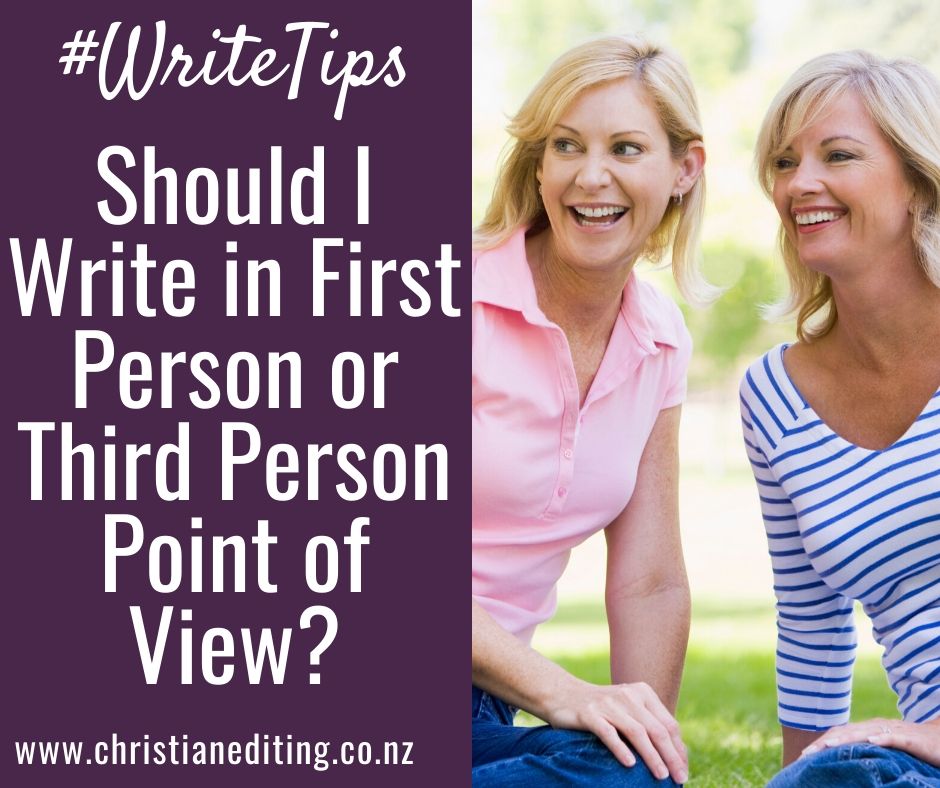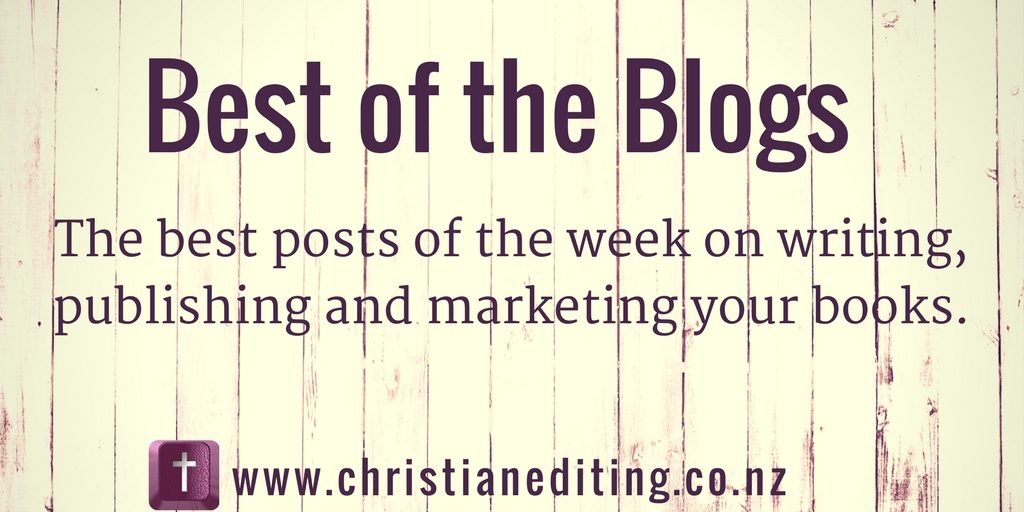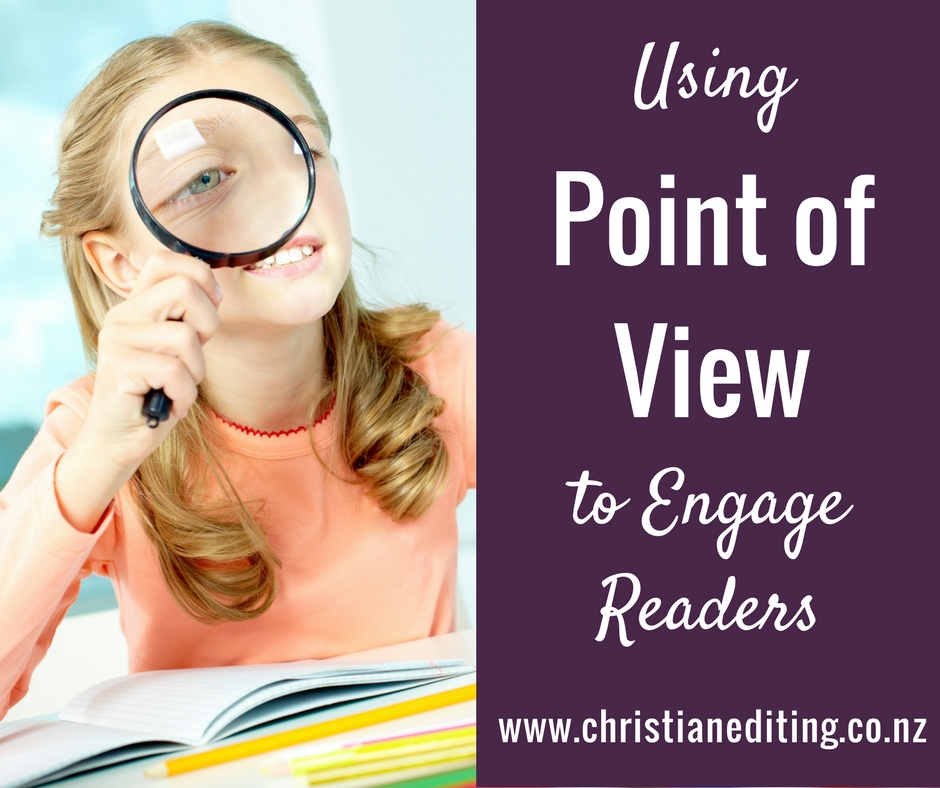Almost all novels are written from first person or third person point of view.
If you don’t understand those terms, click here for a post outlining the different points of view.
A lot of newer authors like writing in omniscient point of view. After all, that’s how many classic authors wrote, so it must be okay. Right?
Unfortunately, no.
So what’s the problem with Omniscient Point of View?
Omniscient was the prevailing point of view for most fiction in the nineteenth and early twentieth century. Omniscient point of view is often popular with writers who have grown up enjoying the classics of English literature … most of which were written in omniscient point of view.
Essentially, omniscient point of view is writing the story from one single point of view, but a point of view that knows everything. That’s why it’s sometimes called the “God” view … because only God knows everything.
But omniscient point of view has fallen out of favour with publishers and readers because it introduces distance between the reader and the characters. Even novels set in the Victorian era now tend to be written in third person rather than omniscient.
Modern readers see omniscient point of view as old-fashioned. Readers now prefer a more intimate point of view that allows them to engage with the characters they’re reading about.
(Click here to read more about using Deep Point of View to engage readers.)
Omniscient point of view can also signal writing craft issues.
The main issues are:
- Telling vs. Showing
- Confusing Omniscient with Third Person
- Headhopping
- Author Intrusion
Telling vs. Showing
Many new authors don’t understand point of view and the way point of view is used to draw the reader into the story. New writers often start with a story they want to tell. They then write their novel from their own point of view. As the author, they are all-knowing and all-seeing, and their novel follows this train of thought.
“[Omniscient] is probably the easiest point of view for the beginning writer—and the most dangerous. The writer… can see everything everywhere. Because the writer flits about from character to character, often thoughtlessly, the result can be more like alphabet soup than a controlled experience for the reader.” (Sol Stein, Solutions for Novelists: Secrets of a Master Editor)
Modern fiction shows the story by putting the reader inside the heads of the main characters without flitting between them. This allows the reader to get to know the characters:
“the more intimate the point of view, the better. One of the most vital and difficult tasks facing a writer is creating believable and engaging characters, and an intimate point of view is a terrific way of doing this.” (Renni Browne and Dave King, Self-Editing for Fiction Writers)
Omniscient Point of View vs. Third Person
The second craft problem is that many writers don’t understand true omniscient point of view, possibly because third person and omniscient point of view both use the same he/she and him/her pronouns. What a writer thinks is omniscient may actually be third person point of view with headhopping and author intrusions.
True omniscient point of view tells a story through the eyes of an all-knowing, all-seeing narrator e.g. The Book in The Hitchhiker’s Guide to the Galaxy by Douglas Adams. If there is no clear narrator, the novel is not written in omniscient point of view.
In contrast, third person shows the story through the eyes of one or more point of view characters, one at a time. Moving between characters in a single scene is not omniscient point of view. It’s headhopping.
Headhopping
Headhopping can become an issue when the author is writing in third person point of view. Third person typically uses multiple point of view characters, and each character has their own unique voice.
Headhopping is writing from the point of view of more than one character in a scene using the voice of each character (omniscient point of view would use the single overriding external narrator).
The general rules of third person Point of View are:
- There must only be one point of view character in each scene (this is why third person is sometimes referred to as limited: because the point of view is limited to one character per scene).
- The point of view character should be the individual most affected by the actions in that scene.
- The first name mentioned in a scene should be that of the point of view character.
If the author switches point of view from one character to another within the scene, this is referred to as headhopping. Telling the story from the point of view of multiple narrators within a scene presents a problem:
Anytime you change viewpoint inside an ongoing scene, you risk confusing the reader about the goal, losing reader sympathy for the desired character, putting the spotlight of reader-identification in the wrong place, and muddying the dramatic waters in terms of what is at stake for whom. (Jack M Bickham in Scene and Structure)
Author Intrusion
Author intrusions are another potential issue with third person point of view. An author intrusion could be:
- Where the text says something the viewpoint character can’t possibly know (e.g. little did she know what would happen tomorrow).
- The author describing something the viewpoint character can’t hear or see.
- The author editorialises the story in their own voice, telling the reader what they should feel or believe.
Author intrusions should be avoided no matter what point of view an author is using.
So should you write your novel in omniscient point of view?
If you are writing purely for your own pleasure, then it doesn’t matter.
But if you’re writing with the intention of publishing, then first person or third person are safer options because they are more likely to engage readers and publishers.
For more information on point of view in writing, see:
- Characters, Emotion, and Viewpoint by Nancy Kress
- Character and Viewpoint by Orson Scott Card
- Revision and Self-editing for Publication by James Scott Bell
- Solutions for Novelists: Secrets of a Master Editor by Sol Stein
- Rivet Your Readers with Deep Point of View by Jill Elizabeth Nelson
- Understanding Show, Don’t Tell by Janice Hardy





